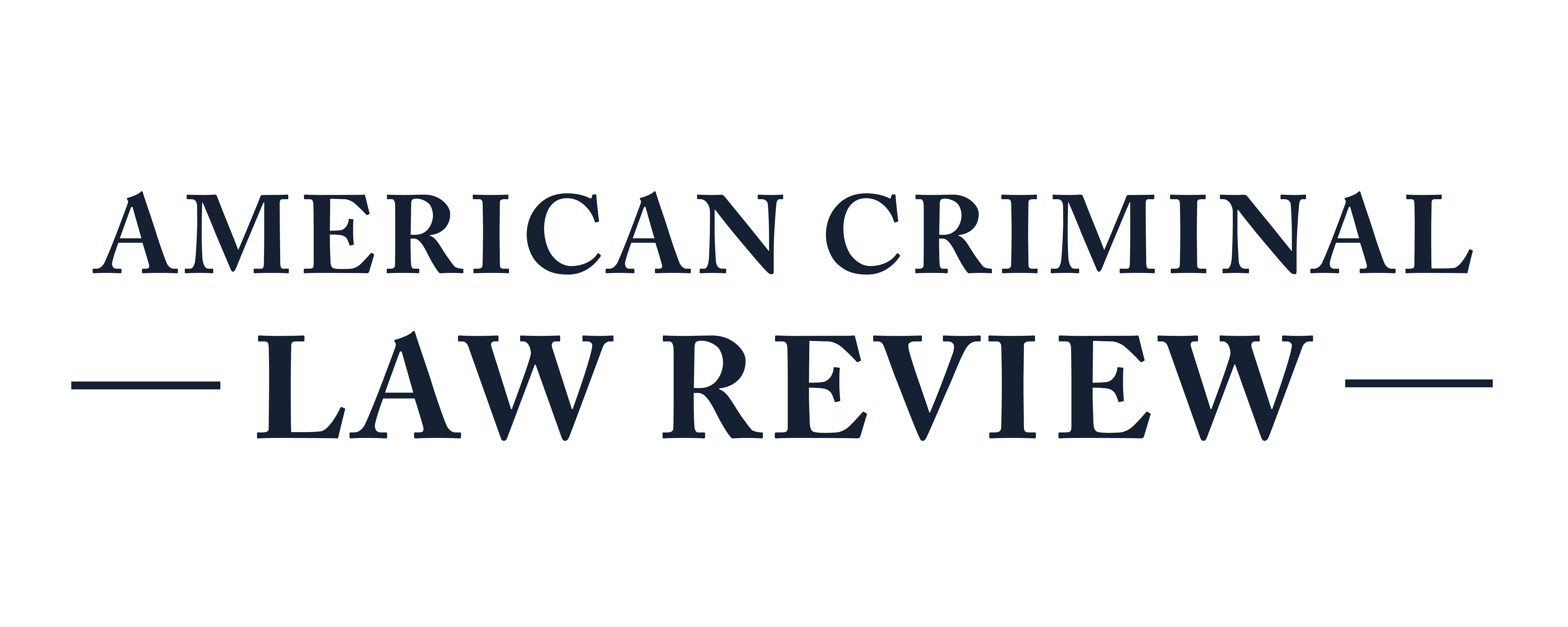Property is Privacy: Locke and Brandeis in the Twenty-First Century
For fifty years, Katz v. United States1 has played a central role in defining both how the Fourth Amendment regulates electronic surveillance by the government and the nature of the links between the Fourth Amendment and property rights— links established by the Amendment’s eighteenth century text. In Katz, the Supreme Court attempted to create a theory for resolving both issues by ostensibly disavowing the traditional property-based foundations of Fourth Amendment rights and replacing them with an analytical process that has come to be known as the reasonable expectation of privacy test.
The central theme of this article is that the decision to abandon the property basis for rights embodied in the Fourth Amendment was unnecessary. In Katz, the Supreme Court overruled a narrow concept of property rights first adopted in Olmstead v. United States.2 The theories introduced in Olmstead were, in fact, inconsistent with the Fourth Amendment’s legal, political, and philosophical origins, as well as more than forty years of Supreme Court decisions using a very different theory of property rights to interpret the Fourth Amendment. Before Olmstead, Fourth Amendment rights were tied closely to a broad definition of property articulated by John Locke in the seventeenth century. A broad Lockean theory of property was embedded in the Fourth Amendment’s eighteenth century text and history and was a fundamental element of the Supreme Court’s interpretation of the Amendment for almost half a century. In this paper, I explore this “broad” theory of property and propose that it could provide robust tools for protecting privacy and liberty from many technological intrusions, particularly intrusions upon digital information.
The broad concept of property can apply to digital information because that theory protects more than tangible things. As understood during the century leading up to the Founding, the broad concept of property included a person’s rights, ideas, beliefs, and the creative products of her labor. It provided robust protection for the contents of expressive property including, but not limited to, private papers. And courts applying broad theories of property regularly employed flexible interpretive methods that protected liberty, even if this obstructed the efficient exercise of government power.
The Article next turns from Locke to Brandeis, finding that Louis Brandeis’s seminal theories about the legal right to privacy shared core values with broad Lockean property theories. The values underlying privacy and property theories produced similar results in actual disputes, particularly when the government used technology to conduct searches and seizures.
Finally, the Article explains how recent Supreme Court opinions regulating searches of both physical property and expressive digital information are consistent with broad property theories. In fact, in each case property theory may provide a better explanation for the Supreme Court’s decisions than does the Katz expectation of privacy test.
The discussion proceeds in the following order. Part I of this Article offers an overview of how Katz replaced Olmstead’s narrow theory of property with a mercurial concept of privacy.
Part II discusses the broad Lockean theory of property and its influence on the development of the Whig theories of liberty that were central to the creation of the United States. The protection these theories provided to expressive property, like papers, is central to understanding why the Fourth Amendment distinguishes papers from all other personal property.
Part III explains how the seminal Supreme Court opinion interpreting the Fourth Amendment, Boyd v. United States,3 embodied a broad Lockean theory of property.
Part IV employs the broad property theory to provide new perspectives on the arguments for a legal right to privacy made in the famous law review article written by Samuel Warren and Louis Brandeis. It then examines Brandeis’s later arguments for using privacy to interpret the Fourth Amendment. Readers may be surprised to learn that the broad concept of property prominent in search and seizure law, both before 1928 and in Brandeis’s seminal theories about privacy, produced similar results—particularly when applied in disputes over the contents of expressive property like private papers.
In Part V, I propose that recent Supreme Court opinions reveal how the broad theory of property could provide effective tools for regulating technological searches and seizures of both physical property and expressive digital information. I do not argue that we should—or could—adopt verbatim seventeenth, eighteenth, and nineteenth century doctrines to resolve all twenty-first century disputes. Nor do I argue that broad property theories can resolve all contemporary disputes, or that we should discard privacy as a tool for defining rights in some settings. Privacy theory remains the better tool for resolving a case like Katz itself, where government agents did not trespass upon property to install and use an electronic eavesdropping device.
Time does work changes.4 More than three centuries have passed since Locke published his Second Treatise Of Government,5 and more than two centuries have passed since the Revolutionary and Founding generations embraced many of his ideas. What I hope to demonstrate in this article is that although the vocabularies and intellectual constructs of liberty have changed with the passage of time, the foundational values undergirding the Fourth Amendment have not. We face different practical problems today, but concepts of liberty embedded in the phrase “persons, houses, papers, and effects”6 persist. Ultimately it is not theories, but rather values, that dictate how we resolve disputes, how we define rights, and how we decide whether government power will be expanded or constrained.
Subscribe to ACLR1. Katz v. United States, 389 U.S. 347 (1967).
2. Olmstead v. United States, 277 U.S. 438 (1928).
3. Boyd v. United States, 116 U.S. 616 (1886).
4. See infra note 151 and accompanying text (citing to Brandeis’s Olmstead dissent).
5. John Locke, The Second Treatise of Government (C.B. MacPherson ed., Hackett Publ’g Co. 1980)
(1690) [hereinafter Second Treatise].
6. U.S. CONST. amend IV.

